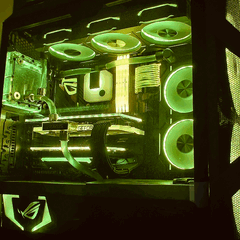Help me, I'm stuck in the Linux jungle!
-
Featured Topics
-
Topics
-
2
-
Refit ·
Posted in Troubleshooting0 -
3
-
KapteijnK ·
Posted in New Builds and Planning12 -
0
-
8
-
8385895939 ·
Posted in Troubleshooting0 -
vortexx21 ·
Posted in General Discussion3 -
testcy ·
Posted in Storage Devices1 -
EzioWar ·
Posted in Peripherals0
-
















Create an account or sign in to comment
You need to be a member in order to leave a comment
Create an account
Sign up for a new account in our community. It's easy!
Register a new accountSign in
Already have an account? Sign in here.
Sign In Now